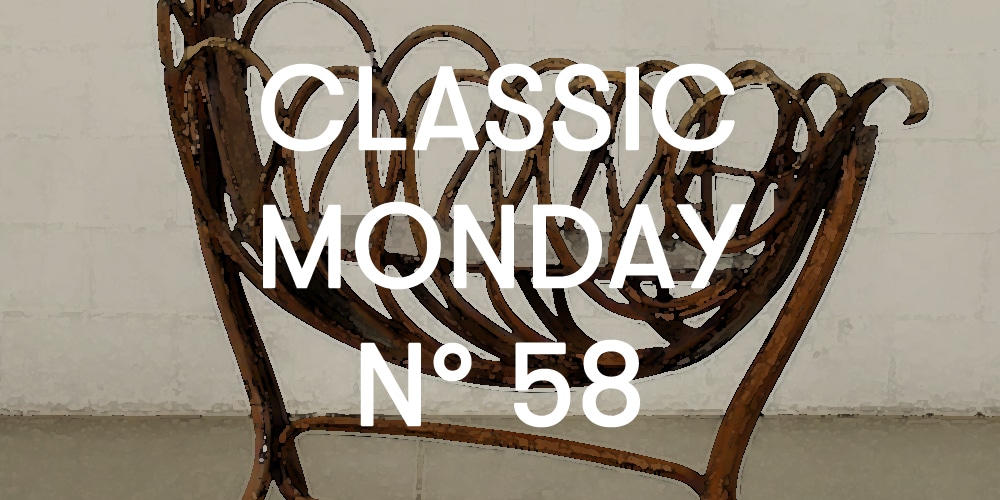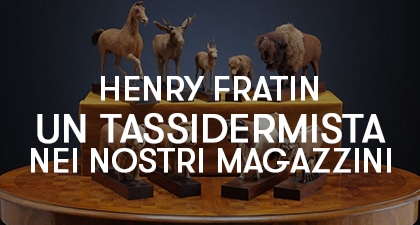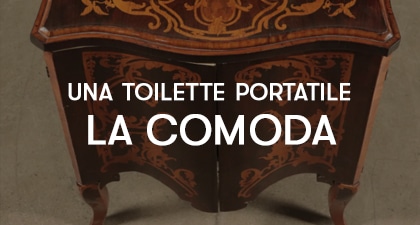
Already in our previous Classic Monday we presented the new method of woodworking proposed by Thonet in the nineteenth century.

Today we talk about a cradle produced with this type of processing. This technique involved exposing beech wood, previously dissected circularly, to steam, to allow its modeling into elaborate shapes. He patented this process in 1842, and already in 1869 liberalized it in advance. Thus several competing companies were born that used this system, which was well adapted to the new forms required in those years. Even more it had a wide diffusion between the end of the nineteenth century and the beginning of the next, adapting well to the sinuous forms of Liberty so in vogue.
Other furnishings also use bent wood processing. Not only in the iconic chairs, but also in coffee tables and other accessories.
Today we want to present you a rather characteristic piece of furniture, a cradle. The project is due to Josef and Jacob Kohn, owners of one of the most famous companies at the time. It is characterized by an “egg” housing in which soft pillows are placed, it also has a vertical arm that supports the retina or the thin sheet placed to protect the child.
This model was particularly successful, which persisted even in the following years. The same cradle is in fact presented in the sales catalogs of important warehouses, including that of “Le Bon Marchè”, a Parisian department store.

This furniture is certainly very sought after and it is very curious to remember how this cradle was used in the 1963 film “Ieri, oggi, domani”, with Sophia Loren and Marcello Mastroianni. Certainly still a complement of great aesthetic refinement and scenographic impact.

A further testimony of the importance and attention that must be dedicated to similar articles and the presence of the same model at the Museum of Modern Art in New York, dated around 1895, testifying to the great diffusion of this method of working with wood and its application to different products.







